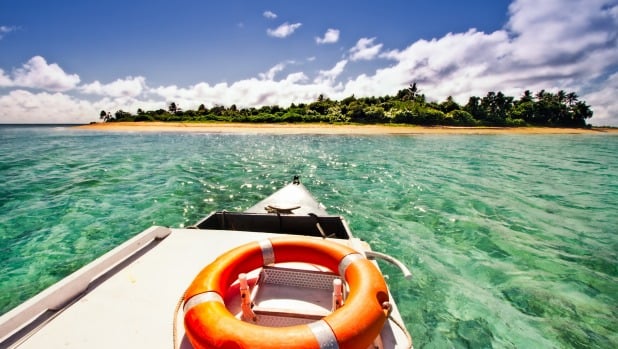The Press, June 2009
"Terrible tragedy in the South Seas. Three million people trapped alive,” Tom Scott famously wrote of New Zealand in a 1979 Listener article. 30 years later and we can’t keep people out, as New Zealand tourism continues to grow.
Making a significant contribution to this growth has been New Zealand Tourism’s ‘100% Pure’ marketing campaign, which turns 10 years old next month. Its’ success serves a great example to public and private marketers alike.
Although I am typically sceptical of government funded marketing initiatives, which more often than not seem poorly conceived and lavishly funded, 100% Pure is pure marketing genius.
It wasn’t greeted with great excitement when first conceived. “The most boring idea I've ever seen. Completely bland,” Saatchi and Saatchi Advertising CEO Kevin Roberts wrote about the 100% Pure campaign soon after its genesis. This view may have had something to do with his concept of buying enormous moving billboards in New York’s Times Square being ditched.
A decade later 100% Pure has in fact achieved a lot on a modest budget. Visitor numbers have increased by 50% and foreign exchange earnings from tourism by 62%. A lot of the credit goes to our many smart tourism operators, but the promotional campaign has played an important part.
Our little country has been acknowledged by the respected Anholt GMI Brand Index as having one of the best 10 nation brands in the world – meaning people tend to be aware of New Zealand and what we have to offer.
Why has it been such a success? There are many elements to an effective campaign like this, but at the heart of it is being based on a promise of value that is reinforced by a visitor’s experience. While we may flagellate ourselves about the environment, to a wealthy American tourist fly fishing on the Rangitata or an Australian walking the Milford Track, they think our land is nothing but pure, beautiful and untouched.
Contrast this with New Zealand Trade and Enterprises’ ‘New Zealand New Thinking’ campaign, designed to portray us as an innovative, high tech economy. No matter how well intentioned, it is a difficult story to sell when the world sees as us being about physical beauty and agriculture.
Great brands are built on the three ‘Cs’ – they are clear, compelling and consistently applied. 100% Pure ticks those boxes.
It is clear. Anyone can understand what is being conveyed and what is being promised. Through the various channels they use – advertising, the web, collateral, events, publicity etc – the message is simple and easily understood. It is not the edgy but obscure $AU180 million “Where the bloody hell are you?” campaign that Australia tried, and then dumped, recently.
It is compelling. Tourists from heavily urbanised cities of Australia, UK, USA, China and Japan relish the opportunity to visit somewhere quiet, clean and accessible. And Tourism New Zealand has used it as a platform on which to add specific messages e.g. 100% Pure Adventure to highlight sporting and adventure opportunities.
It has been consistently applied. 10 years is eons in marketing time. Too often companies, and countries, come up with a clever new positioning every year. Often the market has barely noticed the campaign, but the company has become bored with it. Tourism New Zealand have stuck with this positioning and executed it consistently for a decade.
“We’ve had September 11, SARs, global warming debates, but through all of this the 100% Pure New Zealand message is still applicable and relevant for New Zealand,” says Tourism New Zealand’s chief executive Gerge Hickton, who has been with the organisation through most of the campaign’s lifetime.
Hickton says they have been able to keep on building on the brand awareness generated, rather than trying to invent a new angle on a regular basis. And the most encouraging aspect is that they are going to stay with it. “It’s been revised and reviewed, tweaked and adapted, but it’s proven that it can rise to meet the challenges and opportunities the travel industry has faced over the last 10 years,” say George Hickton. “This is a campaign that can work for New Zealand for a long time to come.”
It would be unimaginable for many organisations, either public or private, to stick with a marketing campaign for that long. Typically each new marketing manager will herald a new direction, a new campaign, a new investment in repositioning the brand. Or a company will run a campaign once, not have outstanding results and ditch it without giving it time to work.
Tourism New Zealand can be confident because they know the experience they are promoting is being delivered to visitors, and because it delivers results.
At the Trenz 2009 tourism conference last week the industry asked the Government to increase Tourism New Zealand’s $70 million annual marketing budget. If they keep focussed on the basics as they have for the last decade, it would be money well spent.
Share this
You May Also Like
These Related Stories
